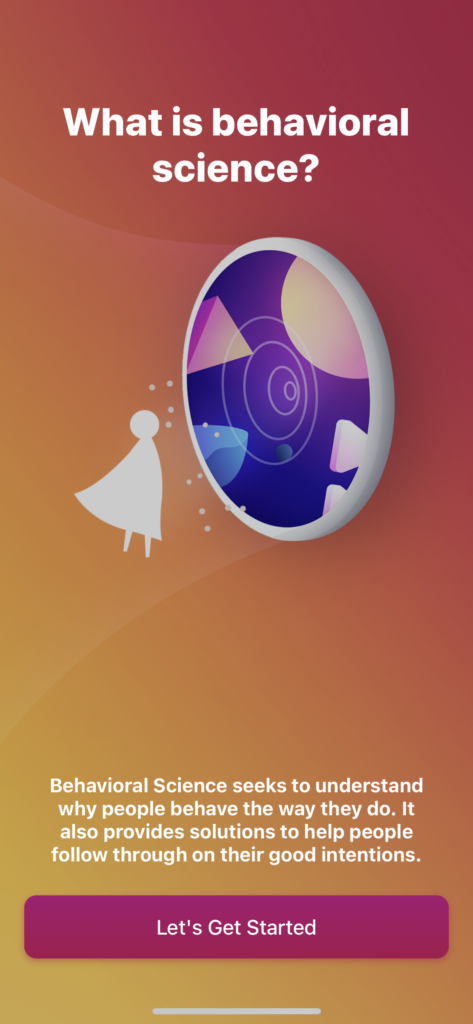Idea 1: We want to move into the professional and collegiate athletes market by creating a higher quality product specifically for elite athletes. One of the common feature requests was real-time injury detection and prevention suggestions during workouts, and we feel that this is a feature that would be particularly valuable to customers in this market.
TAM
- There are 35,481 professional athletes in the United States (Data USA) and 520,000 students in the NCAA (NCAA). Thus, there are 555,481 athletes in our market.
- We plan to charge $750 per wearable for our “elite” product line. We got to this number by noting that the most expensive Oura ring, a similar product for fitness enthusiasts with more limited functionality, costs ~$500 (Oura). Since these products would be purchased by organizations for their athletes rather than individual consumers and would have more comprehensive functionality, we feel that this higher price point is reasonable.
- With this price and number of athletes, our total TAM is $416,610,750.
SAM
- We know that not all sports, especially those in the NCAA, make enough money for the benefit of wearables to outweigh the costs of purchasing them for athletes. Thus, our SAM is a smaller subset of sports.
- To calculate our SAM, we totaled the number of professional athletes playing “money making sports”: football (1,696), basketball (580 male, 144 female), baseball (949), hockey (1,078), and soccer (375 male, 364 female), and the number of NCAA athletes playing the same sports: football (77,204) basketball (19,213 male, 16,668 female), hockey (4,388 male, 2,888 female), baseball (38,849), and soccer (27,284 male, 29,959 female). (Source: NCAA)
- This gave us 221,639 athletes in our serviceable market.
- At $750 dollars per wearable, our SAM is $166,197,250.
SOM
- To begin our B2B sales process, we would go after only the professional athletes segment of our market, excluding the NCAA. We think this makes sense as professional athletes likely have the most demanding product needs and, if we can create a product suitable for them, the product will likely not need further R&D to roll it out to NCAA level athletes (whereas going from NCAA to professional athletes might require additional R&D. As such, we see that there are 5143 athletes in this group, making our SOM $3,857,250.
Idea 2: Since our product is already positioned as a wearable more focused on wellness, we could move outside of our current market of fitness enthusiasts by entering the market of people who experience anxiety (and currently use wellness apps) and want to increase total body mental and physical wellness.
TAM
- According to an Insider Intelligence survey, 1 in 5 US adults use mental health apps, resulting in 50 million people who use wellness apps in the USA in 2023 (BusinessofApps.com)
- In 2023, wellness apps generated $950 million in revenue, with Calm, a meditation app, generating $300 million. (BusinessofApps.com)
- If we assume that we can capture this total market, charging roughly $500 for each wearable device, 50M * $500 = $25 Billion.
SAM
- Assuming that only those whose annual income is over $100k can afford our product, 18% of the US population can buy FitPulse.
- Now taking the number of people that can afford the product and combining it with the number of people using wellness apps, we get 50 Million wellness users * 18% that can afford it= 9 million users in our SAM
- 9M * $500 = $4.5 Billion
SOM
- To find an achievable market for this group of users, we would begin with adults that are tech savvy and are enthused users of our current technology: millennials. Millennials make up 30% of the US adult population, leaving us with 2.7 million target users and $1.35 Billion of potential revenue.
Idea 3: One commonly requested feature is menstrual and fertility tracking and, as such, we thought we could enter the market of women who want to track their fertility and menstrual cycle.
TAM:
- There are 75M women of child-bearing age in the US (datausa.io).
- We will sell our product at a comparable price to the Oura ring, which is $500 (Oura).
- TAM = 75M * $500 = $37.5B
SAM:
- We are assuming that people who make over $100k can afford our product.
- We can multiply the TAM by the percent of Americans who make over $100k, which is 18% (Zippia) to get $6.75B.
SOM:
- We would start by selling to women who are trying to get pregnant, as they would benefit from cycle and fertility tracking. According to the CDC, for every 1,000 women ages 15-44, there are 56 births per year. We can use this as an approximation, assuming that about 5.6% of woman of childbearing age get pregnant each year. So, our SOM is $6.75B * 5.6% = $378M.
- Since this doesn’t account for women trying to get pregnant but struggling, we can redo the calculation a different way: 45% of women want kids (CNBC), and 1 in 8 people have received help for infertility (Resolve) = $379M.

